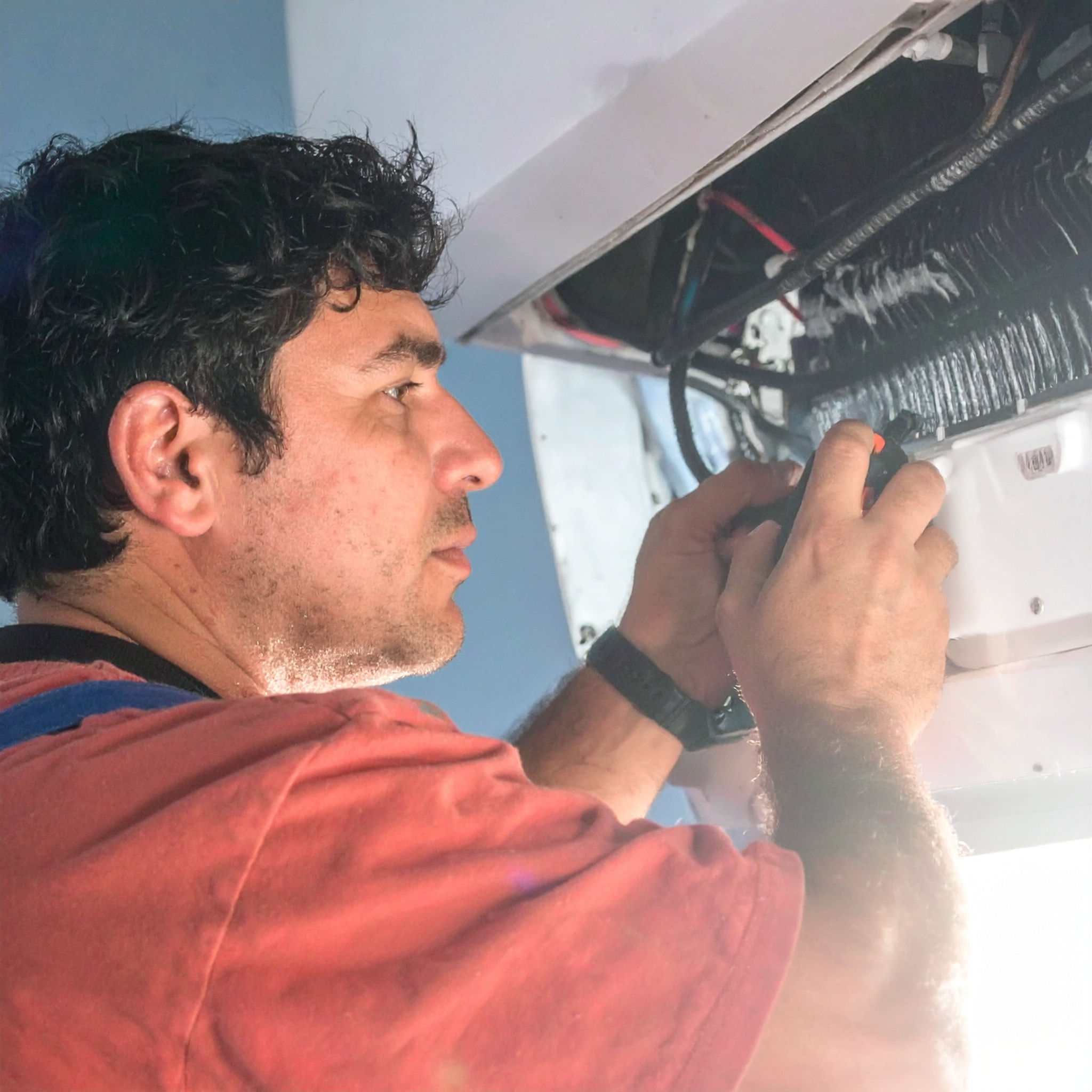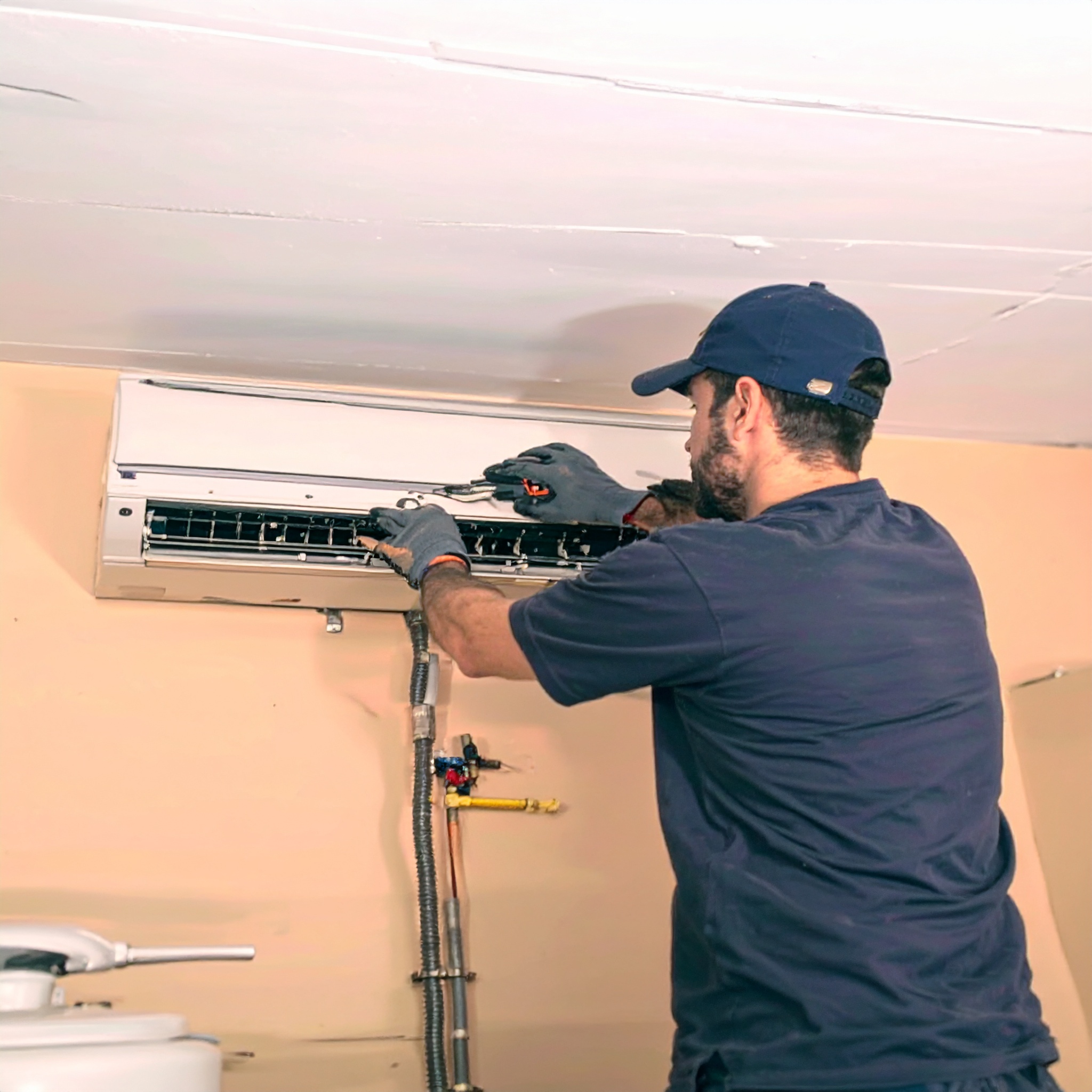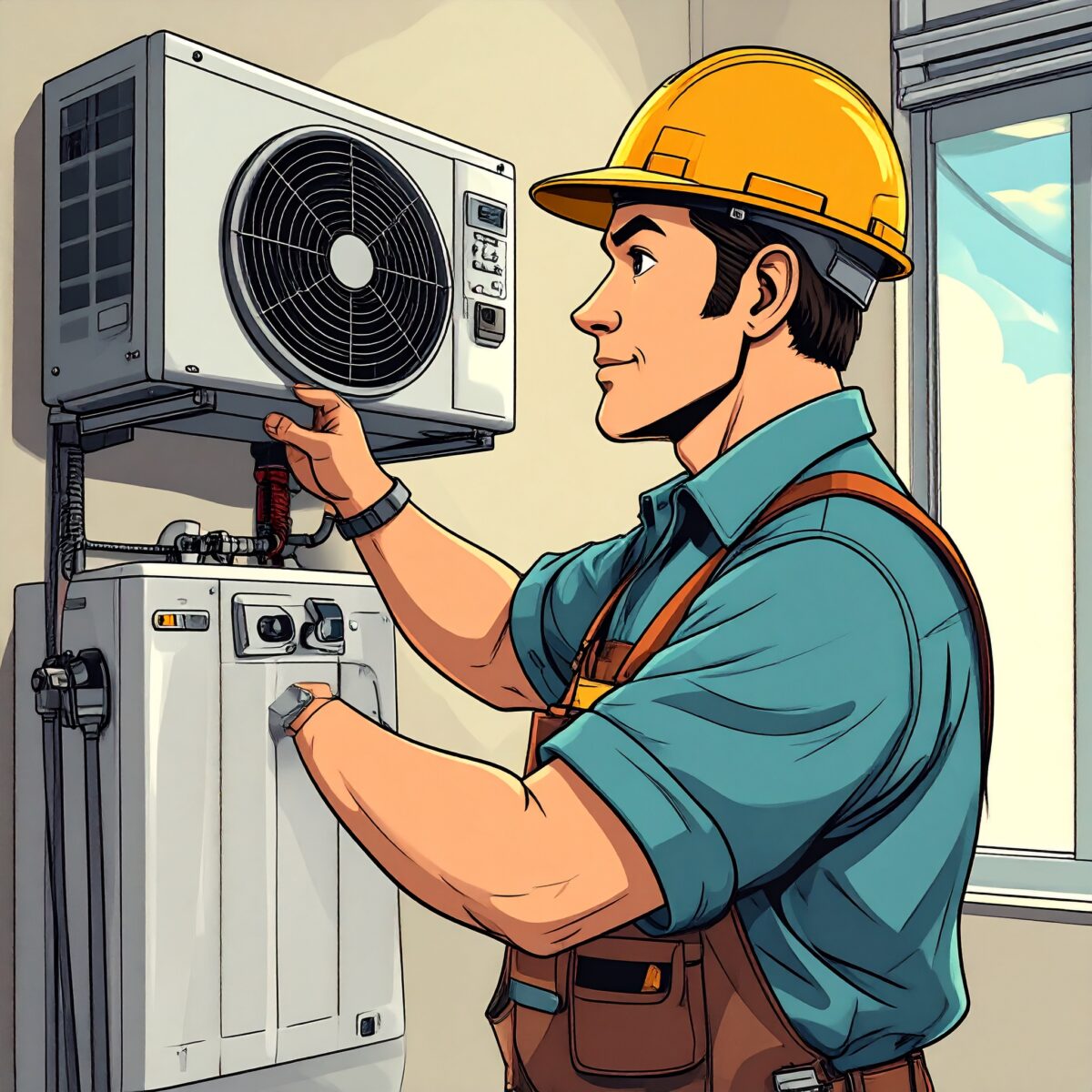The faucet won’t stop running, the air conditioner isn’t working, the doorknob just came off—
In a rental property, occasional equipment malfunctions are an inevitable part of daily life.
When such issues arise, two questions inevitably follow:
“Who should I contact?” and “Who is responsible for the repair costs?”
This article offers a clear and practical guide to determining the appropriate point of contact during a malfunction, as well as the basic rules for allocating repair costs—supported by real-life examples.
Fundamental Rule: Tenants Should Never Call a Repair Service Without Authorization
In the event of a malfunction, tenants should never arrange for a repair technician on their own initiative.
Even if the issue feels urgent, proceeding without first contacting the property management company or landlord could result in the tenant being held fully responsible for the repair costs.
Always begin by reviewing your lease agreement or the move-in documentation to identify the designated contact for reporting issues.
General Contact Guidelines for Common Malfunctions
| Issue | Whom to Contact | Notes |
|---|---|---|
| Malfunctioning equipment (air conditioner, water heater, lighting, etc.) | Property management company or landlord | These are typically considered the landlord’s property. |
| Water leaks or clogged drains | Property management company | Temporary measures will be taken, followed by professional repair arrangements. |
| Lost or broken keys | Property management company or designated locksmith | Tenant is usually responsible in case of loss. |
| Gas-related issues | Gas company | Contact the gas company immediately if you detect a gas odor. |
| Malfunctioning fire alarm | Property management company | There may be a sticker with contact details for the inspection company. |
| Damage caused by the tenant (e.g., hitting fixtures with furniture, dropping and breaking items) | Property management company | Tenant is likely liable—report honestly and promptly. |

Repair Cost Responsibilities: What Falls Under the Tenant’s Obligation?
In general, the responsibility for repair costs is divided as follows:
【Landlord Responsibility】
-
Malfunctions due to age or natural wear and tear
e.g., lifespan-related failure of a water heater, breakdown of an old ventilation fan -
Structural or plumbing-related defects in the building
e.g., wall cracks, roof leaks -
Malfunctions of fixtures installed prior to move-in, such as air conditioners, lighting, and gas stoves
【Tenant Responsibility】
-
Damage caused by negligence or improper use
e.g., breaking a washbasin by dropping an item -
Mold or blockages caused by poor maintenance
e.g., neglecting to clean a ventilation fan or allowing sludge buildup in drains -
Loss of keys, battery replacements for remotes, replacement of light bulbs or fluorescent tubes
-
Damage caused by pets, such as scratches on wallpaper
→ In principle, the distinction lies between natural deterioration and tenant negligence or carelessness.
Key Documents and Information to Review in the Event of a Malfunction
-
Lease Agreement and Important Matters Explanation (Important Disclosure Statement)
→ These outline the scope of repairs, designated contacts, and cost responsibilities. -
Move-in Guidebook or Property Management Manual
→ These often include emergency contacts categorized by issue type, and may list 24-hour support numbers. -
Guarantor Company and Fire Insurance Policy Details
→ Some damages—such as water leaks affecting neighboring units—may be covered by insurance, so reviewing policy terms is essential.
Common Scenarios and How to Determine Responsibility
▸ Water Leaking from the Air Conditioner
→ If due to aging or improper installation, the landlord is responsible.
→ If caused by clogged filters due to lack of cleaning, the tenant may be held liable.
▸ Cracks in the Washbasin
→ If the damage results from natural wear and tear, it falls under the landlord’s responsibility.
→ If caused by dropping a heavy object, the tenant is typically responsible.
▸ Water Spraying from the Base of the Shower Hose
→ If due to equipment deterioration, the landlord should arrange for replacement.
→ If the hose was damaged by being forcibly pulled, the tenant will likely bear the cost.

How to Respond in Case of an Emergency
-
Water Leak: Shut off the water supply valve (usually located beneath the kitchen sink or bathroom basin).
-
Gas Leak: Immediately ventilate the area and contact the gas company—avoid using any open flames.
-
Power Outage from a Tripped Breaker: Check the total power usage; if there are no issues, reset the breaker.
-
Electrical Short or Smoke: Turn off the breaker and contact both the property management company and the power utility.
→ After taking appropriate emergency measures, always notify the property management company. They will handle technician arrangements and determine responsibility for costs.
What Tenants Can Do to Prevent Property Issues
-
Document the condition of all fixtures with photos upon move-in and report any pre-existing damage or wear.
-
Regularly clean ventilation fans and air conditioner filters.
-
Install strainers over drains to prevent clogging from debris.
-
Report any signs of malfunction early—delays may lead to tenant liability if the issue worsens.
Many everyday issues can be managed with minimal disruption by knowing the correct contact and responding calmly.
Responsibility for repair costs is typically determined by three key factors:
“Who caused the damage,” “What caused it,” and “What is stated in the lease.”
When in doubt, never make assumptions—contact the property management company first.




